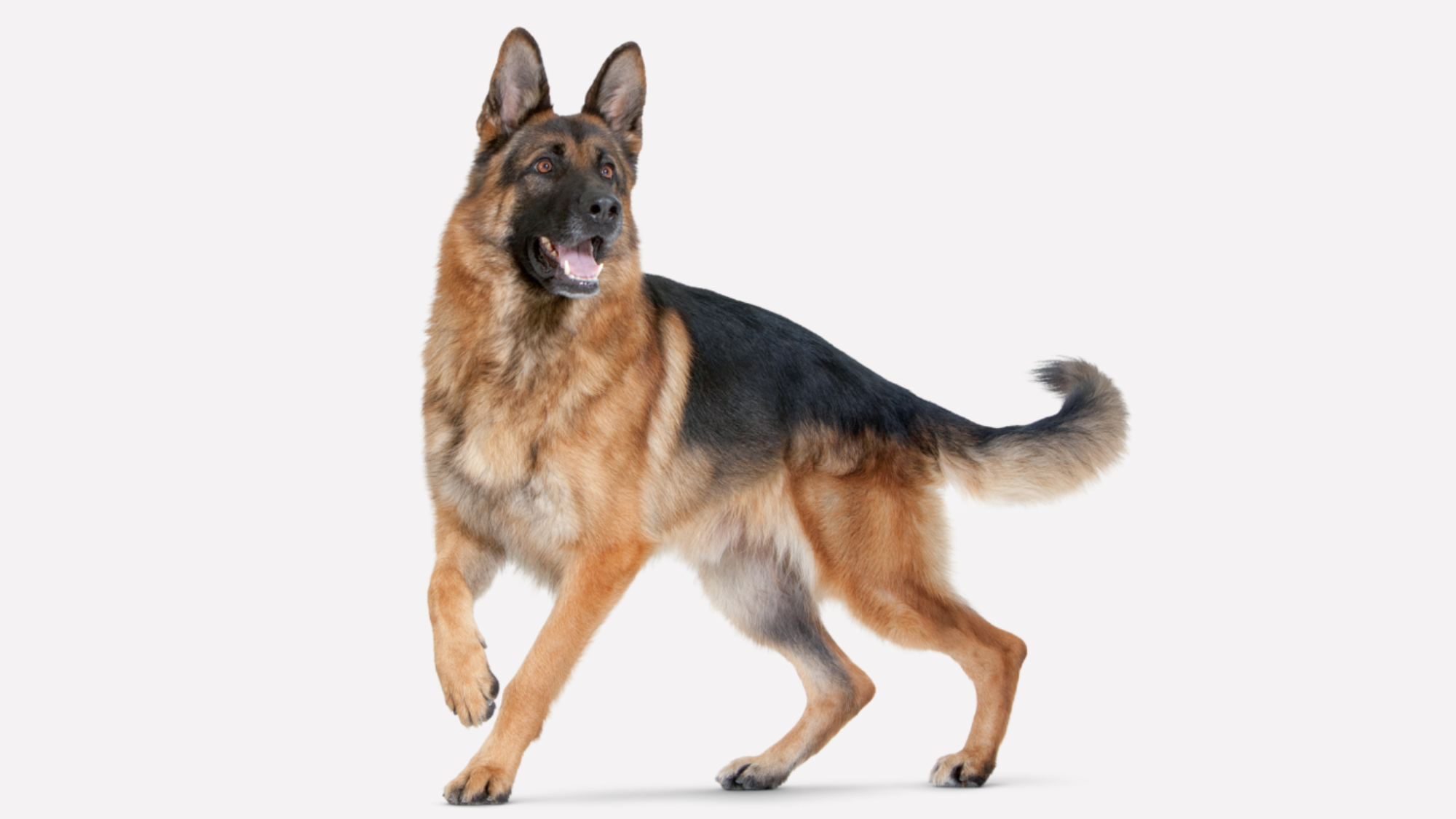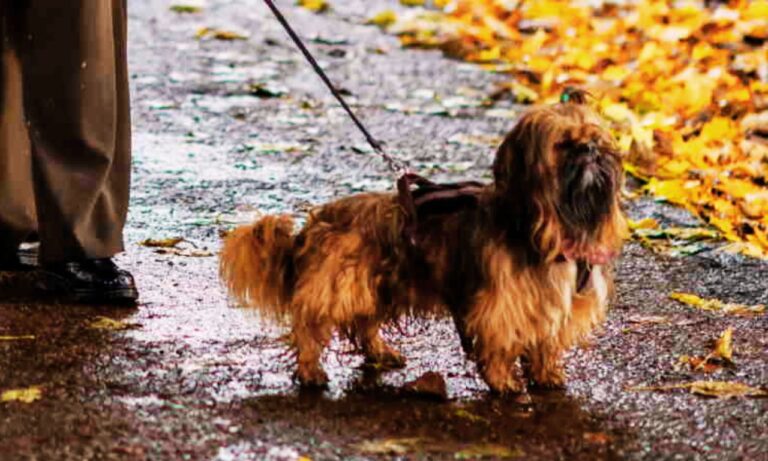The German Shepherd is one of the most popular and versatile dog breeds globally, known for its intelligence, loyalty, and adaptability. Originally bred in Germany during the late 19th century, the German Shepherd Original Breed was primarily developed for herding and protection.
Today, German Shepherds are used in various roles such as service dogs, police dogs, and military dogs. Understanding the breed’s origins helps highlight its unique traits and why it has become such an iconic breed in the dog world.
Growing up, I’ve always admired the German Shepherd for its remarkable intelligence and unwavering loyalty. My first experience with one, named Max, left an indelible mark on my heart.
Max wasn’t just a pet—he was a working companion, aiding me in countless ways. I will dive into the origins of the German Shepherd, tracing its roots, purpose, and the characteristics that have defined it through the years. For a step-by-step guide on how to wear collar to an Affenpinscher, check out this detailed article to ensure a comfortable and secure fit for your dog.
Blog Highlights
ToggleThe Birth of the German Shepherd Breed: Origins in Germany
The German Shepherd as we know it today originated in Germany in the late 1800s. The goal was to create a dog that combined strength, intelligence, and herding ability—qualities necessary for managing sheep and other livestock in the mountainous regions of Germany. The breed’s roots trace back to herding dogs used in Germany, but the modern German Shepherd was officially recognized as a distinct breed thanks to one man’s vision: Max von Stephanitz.

Max von Stephanitz and the Development of the German Shepherd
Max von Stephanitz, a German cavalry officer, is credited with the creation of the German Shepherd Original Breed. In 1899, he encountered a dog named Hektor Linksrhein, a working shepherd dog with an outstanding combination of intelligence, physical strength, and stamina.
Stephanitz recognized the dog’s potential and bought him, later renaming him Horand von Grafrath. Horand became the first official German Shepherd and the founding father of the breed.
Von Stephanitz had a vision to breed a dog that would be highly versatile, excelling in herding, but also capable of fulfilling roles like guarding, search and rescue, and even military service. By selectively breeding dogs with these attributes, he created a breed that was not only strong and reliable but also highly intelligent and trainable.
The German Shepherd’s original role was primarily as a working dog for herding sheep, but its versatility soon became evident. It didn’t take long for other working roles, such as police work and protection, to be recognized.
The Early Recognition and Spread of the German Shepherd
Following the breed’s initial development, the German Shepherd quickly gained popularity in Germany and across Europe. The breed standard was formalized, and the German Shepherd Dog Club of Germany (SV) was established in 1899, setting the stage for the breed’s international recognition.

The German Shepherd was introduced to other countries, including the United States, in the early 1900s. In fact, the breed gained recognition in America in 1908 by the American Kennel Club (AKC).
The World Wars also played a significant role in the breed’s rise to fame. German Shepherds were utilized as military dogs during World War I and World War II, performing roles like messengers, sentries, and search and rescue dogs. Their ability to work under stressful conditions and their inherent intelligence made them invaluable during wartime, further solidifying the breed’s reputation.
Check out the best dog collars for Border Collie to find durable, stylish, and comfortable options for your active dog.
Key Characteristics of the German Shepherd Original Breed
The original German Shepherd was bred for specific traits that made it an ideal working dog. Understanding these characteristics can help us appreciate why this breed remains one of the most versatile and widely used breeds in the world.
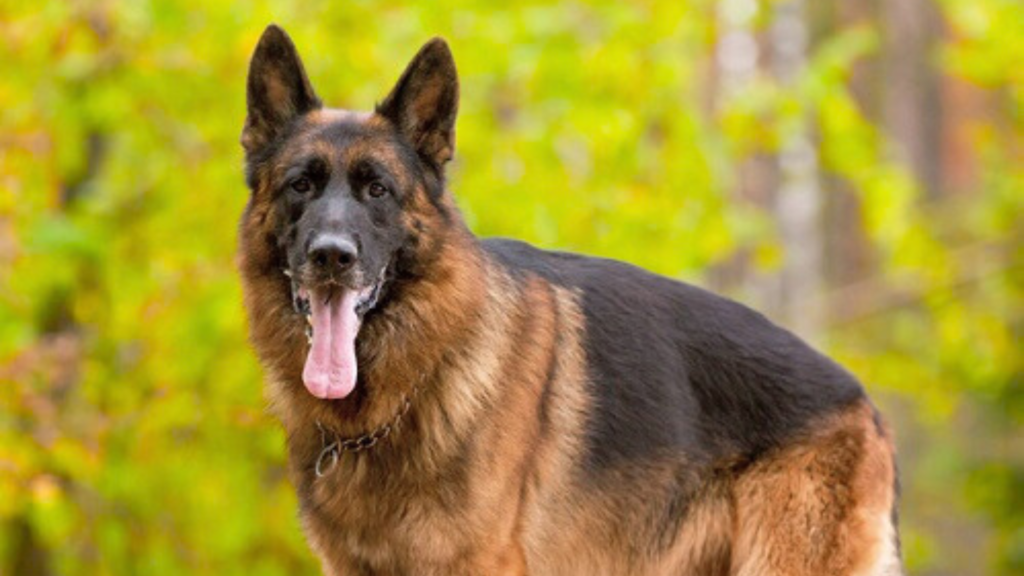
1. Intelligence
One of the defining traits of the German Shepherd is its exceptional intelligence. Known for its ability to learn quickly, this breed excels in tasks that require problem-solving and mental stimulation. This intelligence makes the German Shepherd an ideal dog for tasks like police work, military roles, and service dog functions.
I remember how my own German Shepherd, Max, would catch onto commands almost instantly. His ability to learn new skills and tricks never ceased to amaze me. This mental sharpness is something that has been ingrained in the breed since its inception. The original German Shepherd was expected to work independently and make decisions on the fly, especially while herding or guarding livestock.
2. Physical Strength and Stamina
The German Shepherd is a large, powerful dog built for hard work. Standing at around 24–26 inches (61–66 cm) tall and weighing between 22–40 kg (50–88 lbs), the breed was bred for endurance and strength. The original German Shepherds were expected to work long hours, managing large flocks of sheep over rugged terrain, which required immense stamina.
In my experience, Bella, a German Shepherd I adopted years later, displayed similar strength and stamina. She could easily run for miles without tiring, a testament to the breed’s original purpose.
3. Versatility
German Shepherds were originally bred for herding but quickly proved their versatility. Their strong protective instincts, combined with intelligence and agility, made them ideal candidates for police, military, and search and rescue roles. Over time, their natural abilities were put to use in a variety of fields, including therapy and assistance work. The original German Shepherd’s adaptability allowed it to excel in many different environments.
4. Loyalty and Protective Instincts
German Shepherds are known for their loyalty and protectiveness towards their families. This strong sense of duty and protectiveness was important for herders, who needed a dog that could defend the flock from predators or intruders. The breed’s natural guarding instinct remains a defining characteristic today.
Max, my first German Shepherd, was always by my side, alert and protective. Whether it was keeping a close eye on unfamiliar visitors or simply staying near me on walks, I could see his original protective traits shining through.
5. Temperament
The temperament of the German Shepherd is another trait that has remained consistent over the years. They are known for being confident, brave, and alert. They are not overly aggressive but will become assertive when needed, especially when protecting their territory or loved ones. This is why they are often chosen for roles that require a balance of obedience and independence.
For guidance on choosing the right collar size for an Airedale puppy, check out this detailed guide.
The German Shepherd in Modern Times: How the Original Traits Have Evolved
While the German Shepherd breed remains largely true to its origins, certain traits have evolved over time. Today, there are slight variations in the breed’s appearance and working roles, but the core characteristics remain unchanged.
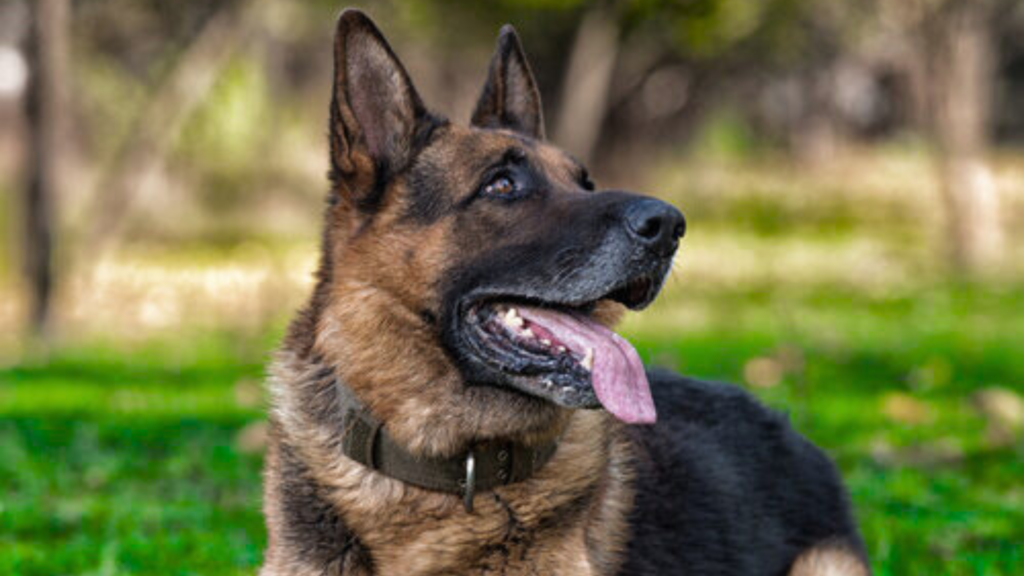
1. Changes in Appearance
The original German Shepherd had a straight back and an athletic, balanced build, suited for endurance and hard work. However, some modern lines, particularly those bred for showing, have a slightly sloped back, a characteristic that is not present in the original breed. This change has raised some concerns among breeders and dog owners about the breed’s health, especially with regard to hip dysplasia.
2. Changes in Working Roles
Though the German Shepherd continues to serve as a working dog in roles such as police, military, and service, its working environment has changed. With the advancement of technology, the breed is not required to work in the same physically demanding situations as before.
However, its mental sharpness and adaptability have made it an excellent companion for tasks involving search and rescue, detection, and even emotional support. For insights on whether Airedales are good off-leash, explore this comprehensive article.
Famous German Shepherds in History
Over the years, many famous German Shepherds have solidified the breed’s reputation. One of the most famous is Rin Tin Tin, a German Shepherd who was rescued from a World War I battlefield and became a famous Hollywood star in the 1920s. Rin Tin Tin’s popularity helped boost the breed’s image in the United States.
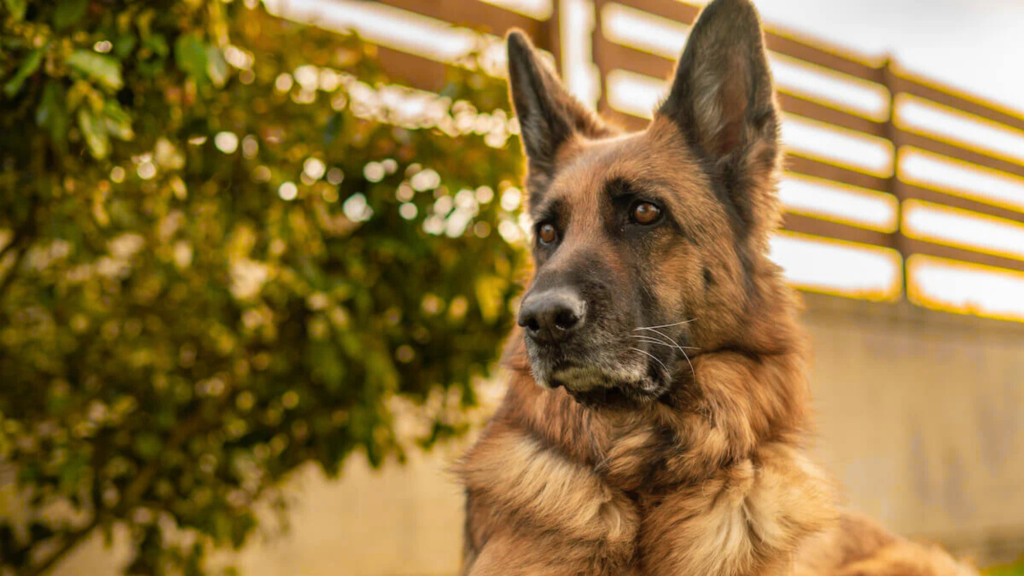
Another notable German Shepherd is Draeger, a police dog who was instrumental in solving many high-profile cases in the UK. Draeger’s ability to track down criminals showcased the breed’s intelligence and dedication to its work.
Why the German Shepherd Remains a Popular Breed
The German Shepherd remains one of the most popular dog breeds worldwide, and for good reason. Its versatility, intelligence, and strong working abilities have made it a staple in many different fields. Whether as a family pet, working dog, or service dog, the German Shepherd excels in roles that require dedication, strength, and intelligence.
Conclusion
The German Shepherd Original Breed has a rich history and heritage, with origins in Germany that date back to the late 19th century. Bred initially for herding and protection, the breed’s unique traits—intelligence, strength, and versatility—have allowed it to evolve into one of the most iconic and widely used dog breeds in the world.
From Max von Stephanitz’s vision of a perfect working dog to the modern-day German Shepherd serving in various roles, this breed continues to thrive, offering loyalty, protection, and companionship to families and communities alike. Discover the benefits of using a harness by reading this guide on should a Collie wear a harness.
Whether working alongside police officers or search-and-rescue teams, or simply as a family companion, the German Shepherd’s legacy as a remarkable working dog breed lives on. Understanding its origins and the traits that made it successful helps explain why the breed continues to be so loved today.

